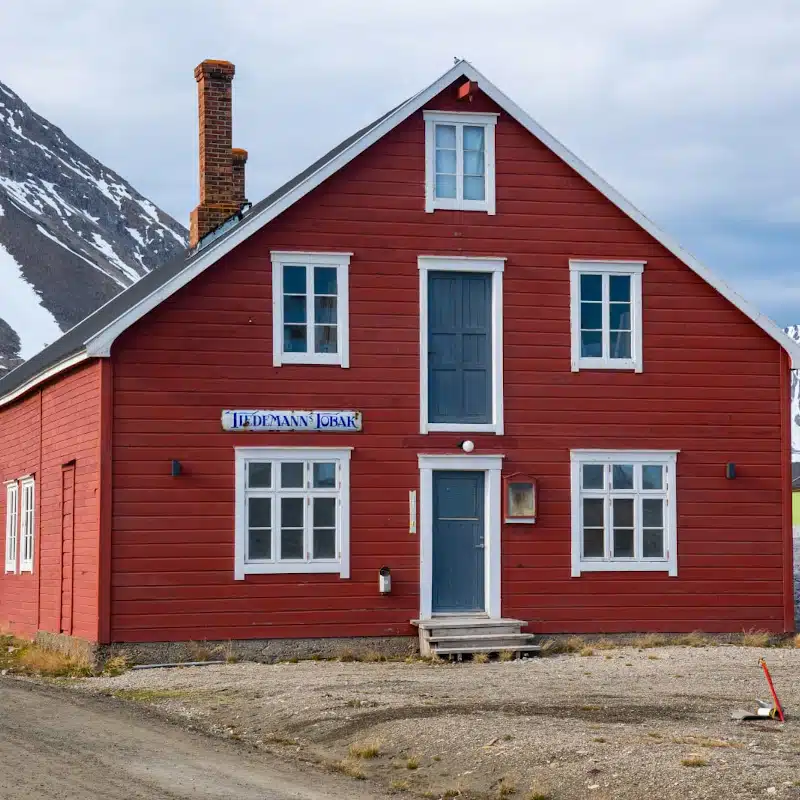The international research station in Ny-Ålesund
Ny-Ålesund, a settlement formerly dedicated to mining, hunting, fishing and polar exploration, is now the northernmost international research community in the world. Situated on the 79th parallel north in the far west of the island of Spitsbergen in Norway’s Svalbard archipelago, this research station offers unique access to a precious natural polar laboratory.
From the mining community to the scientific community
Ny-Ålesund was officially founded in 1916 as a coal mining town by Norwegian Peter Brandal and Kings Bay Kull Company, his mining concern. The small town was at that time one of the major centres of the Svalbard economy. This busy and attractive settlement quickly aroused the interest of fishermen and hunters as well as many of the pioneers of polar exploration for whom Ny-Ålesund became the dream starting point for their adventures in the North Pole. This is where the trio of Amundsen, Nobile and Ellsworth took off aboard the airship Norge. At 1.30 in the morning on 12 May 1926, they became the first to fly over this legendary geographical point. However, polar exploration was not enough to save Ny-Ålesund from bankruptcy following a series of deadly tragedies, until its mining past was definitively wiped out with the opening of a telemetry station in 1967. This became the new raison d’être for this settlement at the end of the world, which has since become a major international polar research station. A small museum traces the settlement’s epic history, from its discovery in the late 16th century and its day-to-day life during the mining days to its conversion into a research station with photos, objects and testimonies.
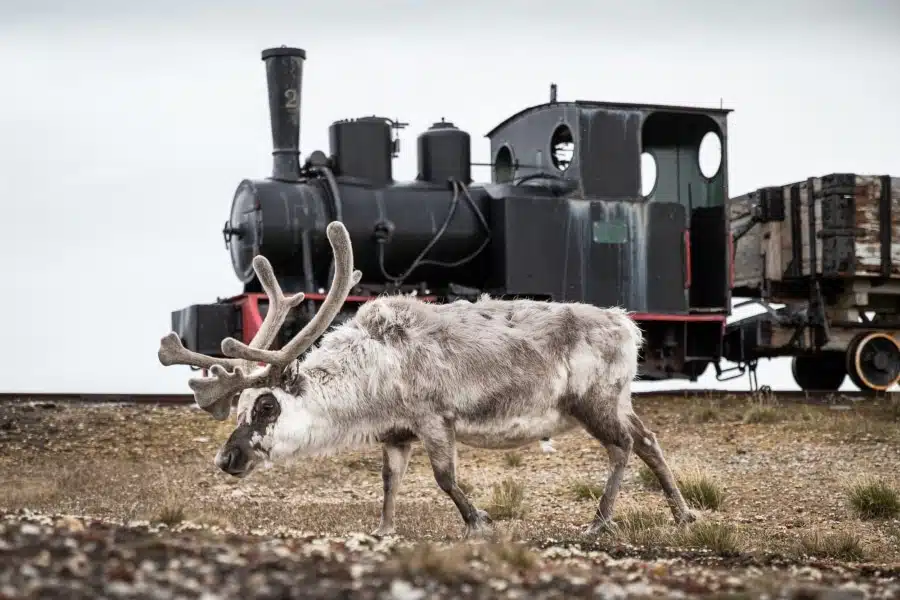
Spitsbergen, a focal point of climate change
Here’s a fact for you: the Arctic is warming twice as fast as the rest of the world, and the island of Spitsbergen, located some 1,000 km from the North Pole, is among the places experiencing the brunt of climate change, with an average air temperature increase of 3°C over the last twenty years. This is due to what experts call polar amplification. The Ny-Ålesund research station, located at 79°N on the Brøgger peninsula in the northwest of the island, is a key observatory for the study of the future climate of our planet, as well as for research in natural sciences and the environmental monitoring of the Far Arctic.
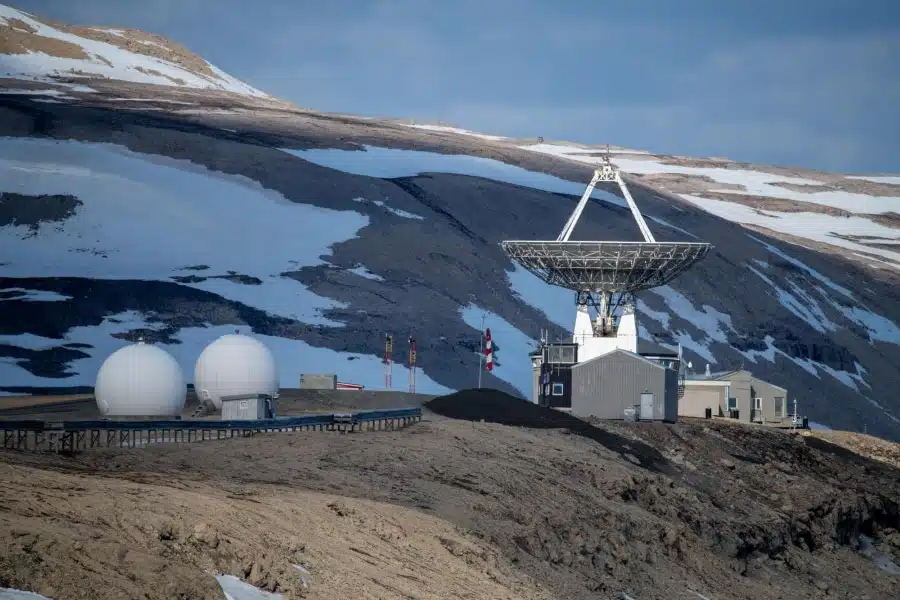
Sentinels at the end of the world
There are around twenty permanent staff on the base in winter and just over a hundred in summer: mainly scientists from all over the world but also technicians responsible for monitoring measuring instruments as well as technicians ensuring food supply, heating, electricity, etc. The station is connected to Longyearbyen, the capital of Svalbard, by twice weekly flights in winter, weather permitting, and four weekly flights in summer. With average temperatures of 5°C in summer, -16°C in the height of winter and a polar night of three and a half months from late October to mid-February, living conditions are extreme. The living conditions may be extraordinarily challenging, but the station provides the scientists based there, true sentinels at the end of the world, an exceptional opportunity to monitor, understand and explain changes in the Arctic systems. Their mission is to monitor this fragile ecosystem on a day-to-day basis, to measure and study the environmental impact of human activity in this remote Arctic post and thus better understand the effects of global warming on a global scale.
Passionate about photography, I made several trips to Finnish and Swedish Lapland. It was at that time that I experienced the famous “polar bug”: the passion for the polar regions, the desire to return there. As the base manager in Ny Ålesund, I supervise the activities, whether it is the maintenance of instruments or the logistics of campaigns. While the site welcomes more than a hundred people in summer, in winter there are only four of us on the base to accommodate the scientists. It’s a community life, the exchanges are rich.

A model of international cooperation
For more than 50 years, Norway has supported and developed polar research in Ny-Ålesund, bringing together the most international scientific community in Svalbard. More than ten countries and twenty institutes operate there, three of them year-round: the Norwegian Polar Institute, AWIPEV (the German Alfred Wegener Institute and the French Paul-Émile Victor Polar Institute), and the Norwegian National Mapping Agency. This former mining settlement, now entirely dedicated to science, thus offers unique opportunities for collaboration, facilitating long-term interdisciplinary research and observation projects. Cooperation centres around four major themes: atmospheric research, glaciology, marine biology and terrestrial ecosystems (flora and fauna). A committee, the Ny-Ålesund Science Managers Committee (NySMAC), also has the task of strengthening collaboration and coordination between the different research institutes. Established in 1994, it includes representatives of all parties involved in the base. And, symbolically, in 1998 the original Kings Bay Kull Company became the Kings Bay AS. Reporting to the Norwegian Ministry for Climate and Environment, it is responsible for managing the research station’s infrastructure and for taking care of the community, thus facilitating cooperation. Something to bring a little warmth to this polar world.
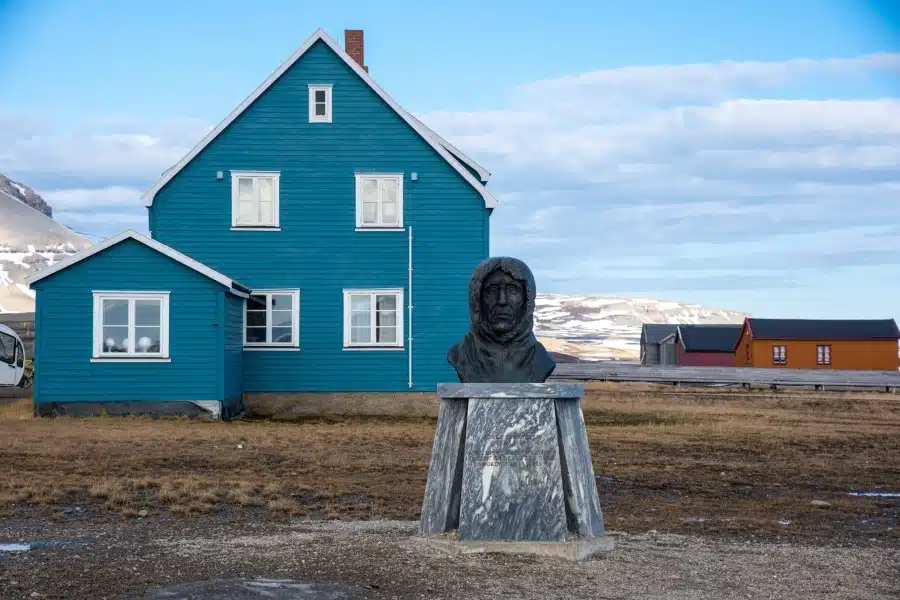
Photos credits : © Istock / © Unsplash
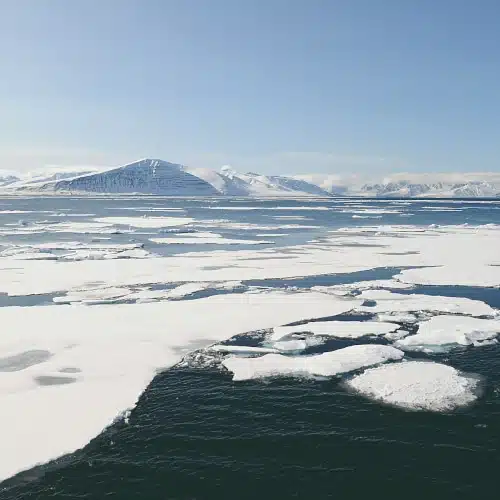
Explore the most unexplored shores of the Arctic
Set sail with PONANT for an expedition to the Far North

